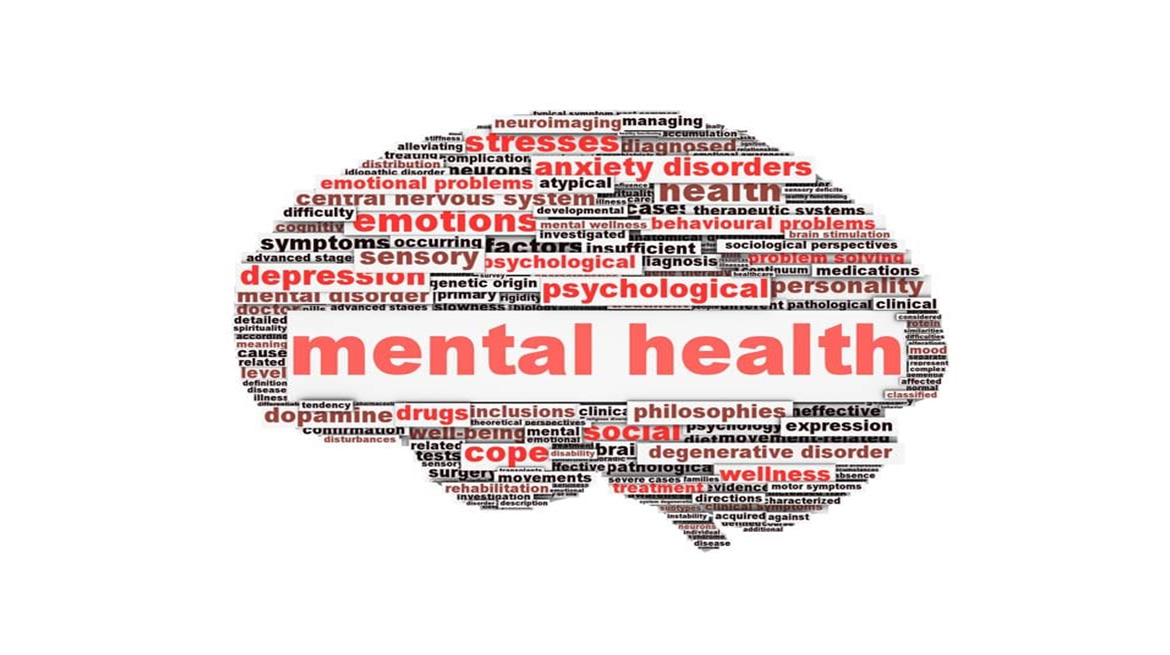Mental health is a state of mental well-being that enables people to cope with the stresses of life, realize their abilities, learn well and work well, and contribute to their community. It’s a important part of health. Mental health burden is the major health concern and contribute significant morbidity and disability worldwide. It has been noticed that there is increasing trend of mental health in low-middle income countries too. Less mental health specialist, limited access to mental health services, low literacy and poverty adds low awareness regarding mental health disorders and mental health stigma are main contributing factors to mental health burden.
Mental health among students
Mental health problems among school going children are linked to consequences and outcomes such as academic and behaviour concerns (dropping out of school, delinquency, etc). Attachment Issues, Separation Anxiety, School Refusal, Concerns related to Specific Habits, Communication Issues, Anxiety Patterns, Depressive States, Issues of Inattention and Hyperactivity, Conduct and Related Issues, Excessive Internet Use, Autism Spectrum Issues, Intellectual Disability, Specific Learning Disability are the mental health disorders which are prevalent among school going children.1
Depression and suicides are the increasing concern among college students. More than 700 000 people die due to suicide every year. Suicide is the fourth leading cause of death among 15–29-year old. India’s suicide rate of 14.04/lakh population in 2019 puts it at 49th rank globally.2 In a famous coaching institute in India, it has been reported total 23 deaths in 2023 and 12 deaths in August 2024 because of suicide among students.
Mental health issues among geriatric population
Older persons constitute a rapidly growing group that is especially vulnerable to poor mental health in LMIC. Socio-economic condition of family, relation with family members, death of spouse, living alone as children are settled in different cities for employment or education and many co-morbid conditions plays major role in increasing trend on mental health problems among old age people. The leading mental health conditions in old age in India are cognitive impairments, depression, and anxiety.
Mental health and Environmental exposure
Factors like noise pollution, air pollution, overcrowding, and lack of privacy can contribute to increased stress, irritability, and psychological distress. Extreme weather events, like hurricanes and floods, can cause psychological distress and trauma. Rising temperatures can lead to increased rates of anxiety, depression, and suicide.
Alongside effects on cardiovascular and respiratory health, there is emerging evidence that exposure to air pollutants (both indoors and outdoors) may lead to neurocognitive disorders. It has been found that, outdoor air pollutants as risk factors for a variety of mental health problems, including depression, anxiety, personality disorders and schizophrenia. In a longitudinal cohort study it has been found that noise pollution is associated with psychotic disorders, anxiety and depression among adolescents and young adults.
Co-exciting Medical condition and mental health
NCDs with co-morbid mental illness are a growing public health problem amongst the elderly population of the country. In recent studies it has been found that increasing trend of depression and generalized anxiety disorder among elderly population with diabetes and/or hypertension.3 In Tuberculosis patient also it has been found that drugs used for treatment of common mental illnesses, such as depression have significant interactions with anti-tuberculosis agents, especially isoniazid and increasingly linezolid which lead to serious psychotic adverse effects. People with HIV have a higher chance of developing mood, anxiety, and cognitive disorders. For example, depression is one of the most common mental health conditions faced by people with HIV. In few recent studies it has been found that any pandemic, lets talk about COVID-19 hits hard on mental health of people, it has been recorded that people have a wide range of mental health problems, including depression, anxiety disorders, stress, panic, anger, impulsivity, somatization disorder, sleep disorders, emotional disturbance, PTSD, suicidal behaviour, and so on.4
Conclusion
Mental health is most neglected yet most crucial component of health. In spite of many new initiatives, schemes, programmes, help-line numbers for mental health, the stigma and gap for service delivery is still a big problem in our country. In case of mental health, it is very important to assess the symptoms at early stage so that correct treatment should be provided to the patient before its too late. And mental health services should be provided at all age group and at all stages of health care delivery system.
References
- Early identification and intervention for mental health problems in school going children and adolescents. Released on sep 2022 (Internet). Government of India. Ministry of Education, Department of School education and literacy.
- Suryakant Yadav et al. Changing pattern of suicide deaths in India. The Lancet regional health southeast Asia. 2023;16: 1-3
- Madhu Verma et al. Co-existing Non-communicable Diseases and Mental Illnesses Amongst the Elderly in Punjab, India. European Endocrinology. 2019;15(2):106–12
- Md Mahbub Hossain. Epidemiology of mental health problems in COVID-19: a
Review. F1000Research. 2020; 1-16




